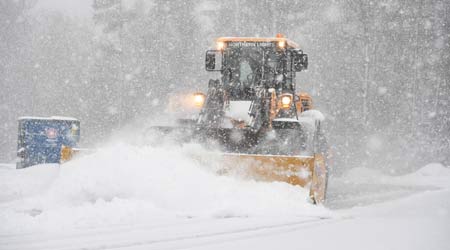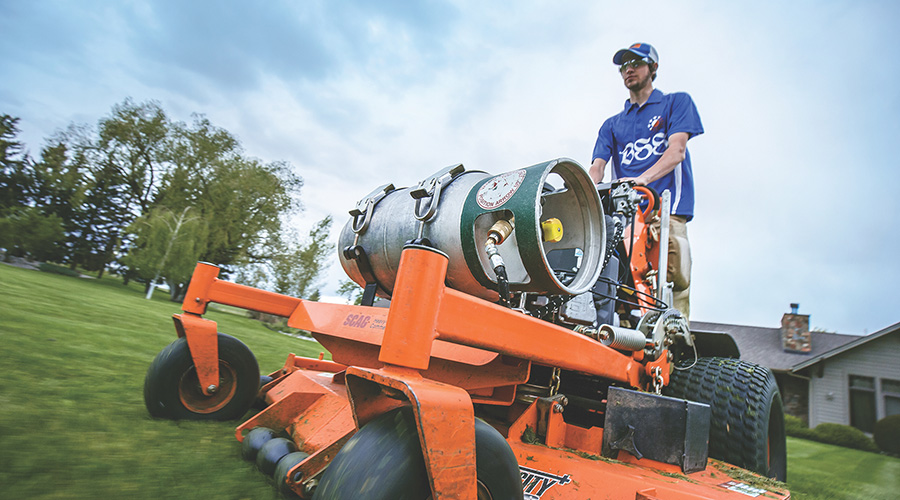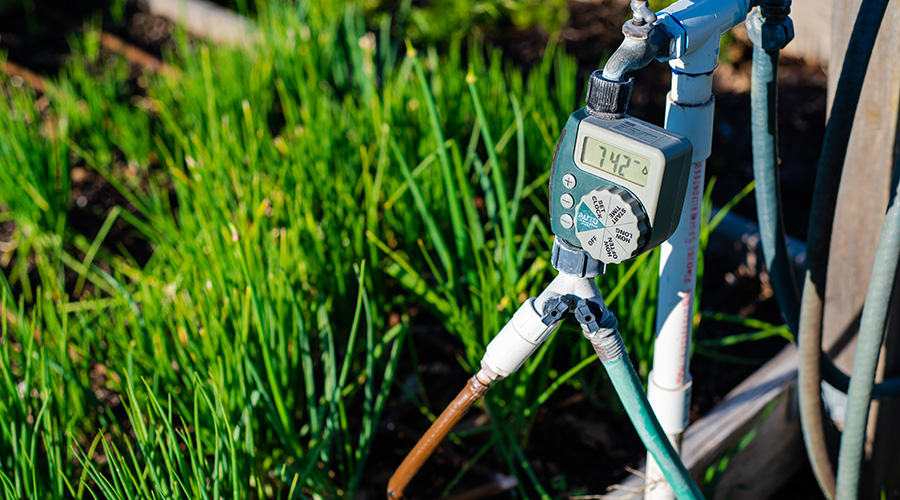Snow and Ice: Achieving the Desired Results
Planning for snow and ice management is tied to past actions. Managers who understand the in-house capacity to produce the work needed can achieve the desired LOS.
As with anything else in life, planning for snow and ice management is tied to past actions. Making a major change, such as outsourcing some or all now services, might be difficult. The assessment process will help managers understand the requirements, but the final step is understanding the in-house capacity to produce the work needed to achieve the desired LOS.
In the snow and ice management, production capacity is the overall available service potential based on calculated production rates for equipment, materials, labor, and subcontractors. So a logical first step is to assess the current equipment and manpower in-house and work to relate it to the LOS.
This process can be challenging, since managers must have solid weather history data and a working set of production rates — for example, the amount of snow an 8-foot-wide truck plow can push in a given amount of time. To do this well requires time, data and research.
The first step is to look at last year’s snow planning process and identify areas where a problems might have occurred, such as numerous slips or falls reported, in-house staff working extended or unsafe hours during winter events, and complaints and phone calls from patrons or leadership.
These problems can highlight areas where managers might have staff stretched too thin and might need to increase capacity, either by procuring or leasing new equipment and labor or by contracting the work to a third party. If managers decide to contract the work, here are their key considerations:
Market aggregation. Consolidation and aggregation have occurred in commercial snow and ice management. An array of companies serve as regional or national points of contact, aggregating service using local subcontractors. Understanding the varying business models in the industry is key and requires a clear communication — typically via an RFP — of LOS and SOW.
Best practices. Commercial snow and ice management has begun to organize and distribute via the Snow & Ice Management Association (SIMA) a number of quality best practices, including a standardized glossary of terms for contracts and service, sustainable salt use guidelines, and procurement and RFP requirements for services. Getting familiar with these practices is critical.
Innovation. Commercial snow and ice management is also growing in its application of more innovative equipment and techniques. Industry suppliers are successfully scaling equipment focused on liquid brine making, liquid applications, and specialty equipment in order to meet the needs and budgets of snow professionals.
The use of liquids for sidewalks and certain commercial settings is on the rise, as is the ability for snow professionals to offer more services and application techniques to meet specific contract requirements.
Snow can be a pain, but managing it proactively with proper planning is the key to success. Starting with the end in mind is the most important step, and managers now have ample resources available to them though SIMA and online.
Brian K. Birch is the chief operating officer of the Snow & Ice Management Association, www.sima.org.
Related Topics:














